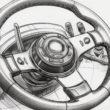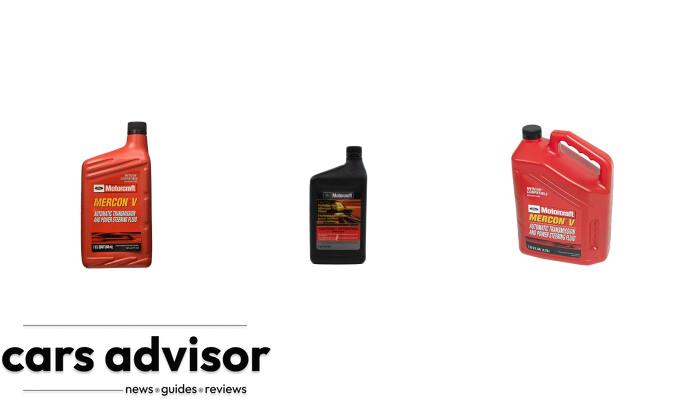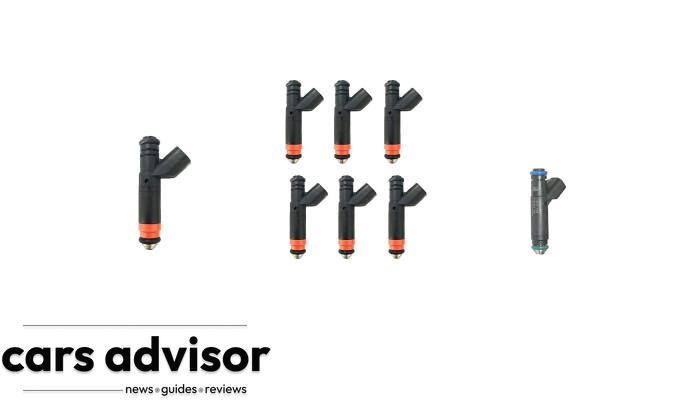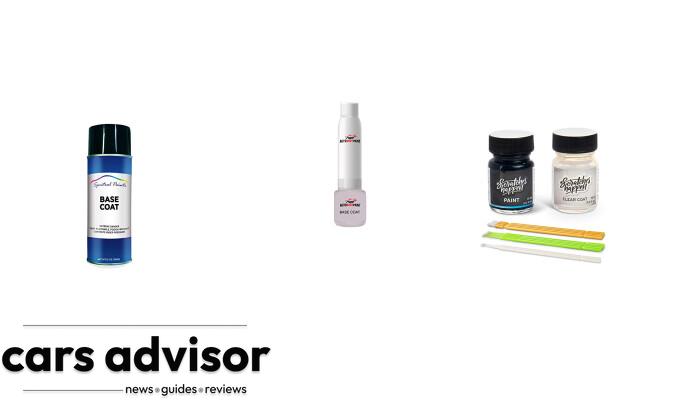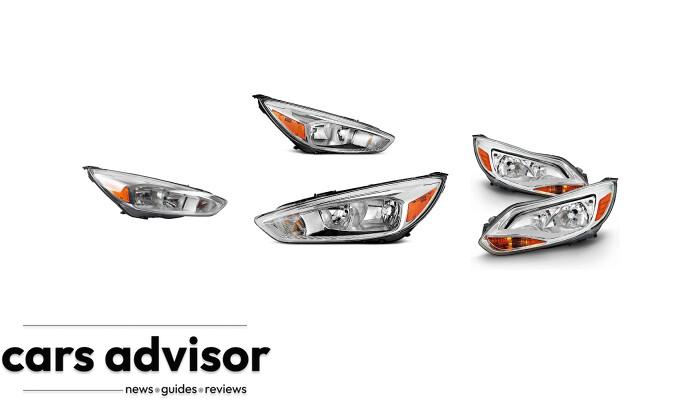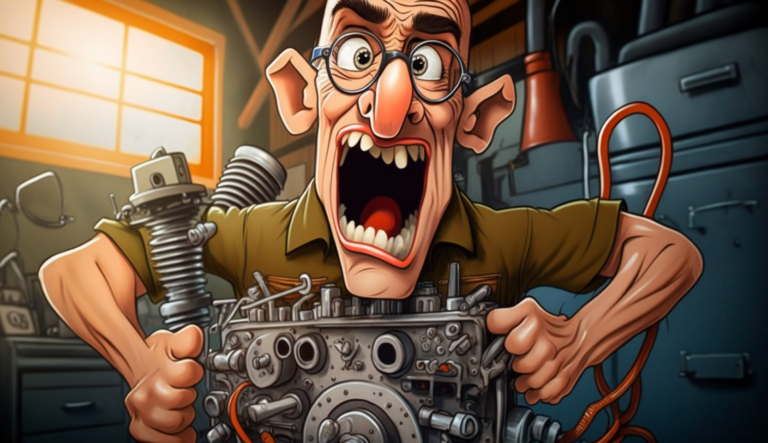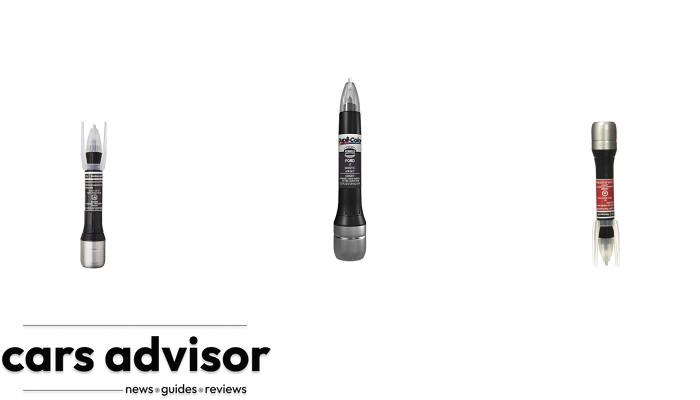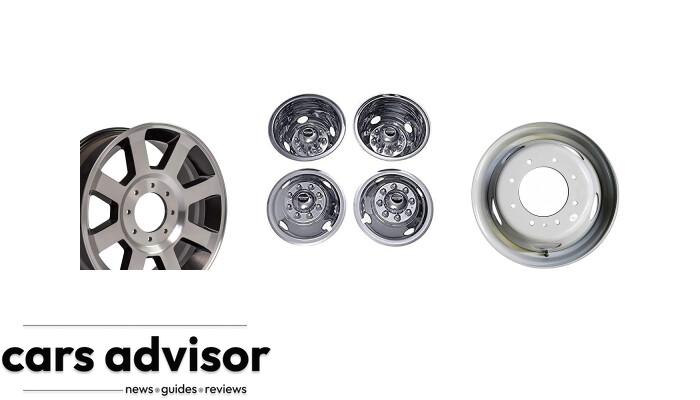Navigating the complexities of car maintenance can be daunting, especially when it comes to steering and suspension systems. One component that plays a vital role in your vehicle’s handling is the tie rod.
If you’re wondering how long you can drive on a bad tie rod or want to learn more about its importance, you’ve come to the right place! Read on for essential information and tips on keeping your car safe and in top-notch condition.
TLDR
1. Driving for more than 10-20 miles on a bad tie rod is not recommended as it can worsen the condition.
2. Bad tie rods can cause difficulty in handling the vehicle’s direction and affect the steering system.
3. It is generally advised to replace a bad tie rod within 6 months to 1 year.
4. Worn tie rods can be driven on, but a complete failure can lead to a loss of steering control.
5. A postponement in repairs can lead to more extensive damage to the suspension system.
6. Driving with a bad tie rod is dangerous as it can fail completely without warning.
7. Signs of bad tie rods include excessive play in the steering wheel and uneven tire wear.
8. It is crucial to have tie rods checked during routine maintenance to ensure they are in good condition.
9. Tie rods typically last for several years, but driving habits and road conditions can affect their lifespan.
10. Regular inspections and timely replacements can prevent more extensive damage to the vehicle.
Understanding Tie Rods And Their Importance
Tie rods are essential components of a vehicle’s steering system that connect the wheels to the steering rack, transmitting the driver’s steering input and control to the tires’ contact points.
What Tie Rods Are
Tie rods are an essential component of a vehicle’s steering system, connecting the steering gear to the wheels. They ensure that your car responds accurately and smoothly to every turn of the steering wheel, providing you with stable control over your automobile. As part of the suspension setup, tie rods consist of two main components: inner tie rod and outer tie rod.
The inner tie rod is connected directly to the car’s steering rack or gearbox and helps transmit force from the driver’s input in turning the steering wheel. Outer tie rods connect to the vehicle’s control arm through a ball joint mechanism, helping maintain proper tire contact points with road surfaces for smooth handling. Together, these components form a linkage that makes it possible for your tires to follow your desired path while driving down both straight roads and around curves.
Made from high-strength steel or aluminum alloy depending on their design specifications, well-maintained tie rods contribute significantly towards ensuring safe driving experiences for everyone on board. However, worn-down or compromised ones can not only affect performance but also pose serious automotive safety issues – emphasizing how crucial it is always to keep these parts in top shape through regular maintenance check-ups at licensed auto shops.
Their Function In Steering
Tie rods are critical components of a vehicle’s steering system. They connect the steering knuckle to the steering rack, allowing for controlled movement of the wheels. The outer tie rod connects to the wheel hub and controls its side-to-side motion, while the inner tie rod connects to the steering rack and responds to driver input.
Without properly functioning tie rods, drivers may experience difficulty controlling their vehicle’s direction. Steering input can become loose or unresponsive, resulting in unstable handling and compromised safety on the road. Even minor issues with tie rods can result in vibrations at high speeds or uneven tire wear that can affect tire contact points and reduce overall performance.
Regular maintenance of your car’s suspension system is essential for identifying any potential problems such as worn-out parts like control arms, ball joints, or even alignment issues that could be affecting your car’s handling negatively. Therefore it is vital to have professional mechanics check overall mechanical aspects of your car regularly so you can be sure that everything runs correctly – including something as seemingly small but ultimately significant as your tie rods.
Signs Of A Bad Tie Rod
Signs of a bad tie rod include steering wheel vibrations, uneven tire wear, and loose or unstable steering – read on to learn more about these symptoms and why it’s important to address them promptly.
Steering Wheel Vibrations
Steering wheel vibrations are one of the most common signs of a bad tie rod. You may feel shaking or vibrating while driving, especially when you turn the steering wheel. This is caused by uneven tire wear, which occurs when the wheels are not properly aligned due to a damaged tie rod. The vibrations can also affect your comfort and control while driving.
Ignoring these warning signs can lead to further damage and put you at risk on the road. If you notice any steering wheel vibrations in your car, it’s important to get it checked out by a mechanic as soon as possible.
They will be able to diagnose if there is indeed an issue with your tie rods and repair them before they cause more extensive damage to other parts of your suspension system like ball joints or control arm bushings that could result in even costlier repairs down the line. Stay safe on the road by making sure your vehicle’s components remain functional!
Uneven Tire Wear
Uneven tire wear is one of the signs that you have a bad tie rod. Here are some things to look for:
- Wear on the inside or outside edges of the tires
- Cupping or scalloping on the tread of the tires
- One tire wearing out faster than the others
- Poor traction due to uneven tread wear
If you notice any of these signs, it’s important to have your tie rods checked as soon as possible to prevent further damage and ensure your safety on the road. Proper maintenance and replacing tie rods in a timely manner can prevent uneven tire wear and extend the life of your tires.
Loose Or Unstable Steering
If you notice that your steering wheel feels loose or unstable, it could be a sign of a bad tie rod. A loose tie rod can cause difficulty in controlling the vehicle’s direction and affect its overall stability on the road. You may also experience a pulling sensation when driving straight or have to constantly adjust the steering to maintain control.
Ignoring these symptoms can lead to more extensive damage to the suspension system and other components of your car. It is crucial to have your tie rods checked by an auto mechanic as soon as possible if you suspect any issues with your vehicle’s steering. Regular inspections and timely replacements are important for maintaining optimal performance and preventing accidents on the road. So, don’t take any chances with driving on a bad tie rod- make sure you get it fixed right away for safer handling and better control while driving!
Misaligned Wheels
Misaligned wheels are one of the signs of a bad tie rod. Here are some things to look out for:
- The vehicle pulls to one side or the other while driving.
- The steering wheel is off-center while driving straight.
- The tires wear unevenly, with more wear on the inside or outside edges.
- There may be clunking or knocking noises from the front suspension.
Driving on misaligned wheels can lead to further damage to the suspension system and can decrease driving safety. It’s important to have regular vehicle inspections and address any issues promptly. A mechanic will check for proper alignment during routine maintenance and can make adjustments as needed.
How Long Can You Drive On A Bad Tie Rod?
Driving on a bad tie rod is not safe, and it is recommended to stop driving immediately and have your vehicle inspected by a mechanic as it can worsen the condition; typically, you should not drive for more than 10 to 20 miles.
It Is Not Safe To Drive On A Bad Tie Rod For More Than 10 To 20 Miles
Driving on a bad tie rod can be extremely dangerous and could lead to a potential loss of steering control. It’s highly recommended that you do not drive for more than 10-20 miles on a bad tie rod, as it will only worsen the condition. Although worn-out tie rods may still work, driving on them is risky since they can fail without warning. Signs that your car has a damaged tie rod include steering wheel vibrations or shaking, uneven tire wear, loose or unstable steering, and misaligned wheels.
If you’re experiencing any of these symptoms while driving, it’s crucial to get your vehicle inspected by an auto mechanic immediately. Avoiding repairs for too long could lead to additional damage to other suspension components such as ball joints and control arms. Neglecting routine maintenance checks isn’t worth risking your safety when driving at high speeds or in hazardous conditions like wet or icy roads.
Ultimately, if you experience any issues with your car’s handling or suspect there may be an issue with the tie rods or other suspension parts – have them checked right away by an expert technician. As responsible drivers, we should prioritize our safety and invest regularly in preventative maintenance services to avoid preventable mechanical breakdowns that could otherwise put us at risk on the roadways.
Immediate Repair Is Recommended
If you notice any signs of a bad tie rod, such as vibrations in the steering wheel, it is crucial to get it checked out by a mechanic right away. Delaying repairs can lead to more extensive damage and even jeopardize your safety on the road. The longer you continue driving on a bad tie rod, the more likely it will fail completely, leading to total loss of control over your vehicle’s direction.
Think of driving with a bad tie rod like walking around with a sprained ankle; while you may be able to hobble along for a short distance, eventually you’ll need medical attention if you want to avoid further complications. In this case, immediate repair is required if you don’t want things getting worse.
Regular inspections and prompt repairs can save you money down the line since procrastinating usually leads to more expensive repairs. Don’t take chances when it comes to your car’s safety – have your suspension system and tie rods inspected regularly and make necessary repairs immediately.
The Severity Of The Damage And Driving Conditions Can Affect How Long You Can Drive On A Bad Tie Rod
The severity of a bad tie rod can determine how long you can drive on it before risking further damage or compromising your safety. If the issue is minor, and there is minimal play in the steering wheel or uneven tire wear, you may be able to drive for a short distance before getting it repaired. However, if the condition of your tie rod is severe with excessive failures, postponing repair might only worsen it.
The type of driving conditions you encounter also plays an important role. Driving on rough roads, potholes, and encountering frequent bumps can result in more damage to the suspension system over time. Also, aggressive driving habits such as sudden stops and turns put added strain on the tie rod ends’ joint points leading to faster wear.
Keeping up with routine maintenance checks and promptly replacing worn out parts like tie rods improves vehicle performance while saving costly repairs down the line. Regular inspections from a trusted mechanic will detect issues early before they grow into bigger problems that compromise your car’s reliability and drivability. Remember that when it comes to maintaining your vehicle’s roadworthiness, staying proactive now will pay huge dividends later!
What To Do If You Have A Bad Tie Rod
If you suspect that you have a bad tie rod, stop driving immediately and have your vehicle inspected by a mechanic to determine the extent of the damage.
Stop Driving Immediately And Have Your Vehicle Inspected By A Mechanic
If you suspect that your tie rod is bad, it is vital to take immediate action to avoid any potential safety hazards. Here’s what you should do:
- Stop driving your vehicle immediately and park in a safe location.
- Have your vehicle inspected by a qualified mechanic who can assess the condition of the tie rod and other suspension components.
- If the mechanic confirms that the tie rod is indeed bad, they will recommend replacing it as soon as possible.
- Avoid driving your vehicle until the repair is completed to ensure maximum safety on the road.
- Regularly maintaining your tie rods during routine maintenance checks can help prevent issues from arising in the future.
Remember, ignoring a bad tie rod can lead to serious consequences and put you and others on the road in danger. By taking prompt action and having it inspected by a professional, you can ensure that your vehicle remains safe to drive for years to come.
Replace The Tie Rods As Soon As Possible
If you suspect that your tie rods are bad, it is important to replace them as soon as possible. Delaying repairs can lead to more extensive damage and put you at risk of losing control of your vehicle while driving. The longer you drive on a bad tie rod, the more likely it is to fail completely without warning.
Replacing a tie rod typically involves removing the old one and installing a new one. This process can be done relatively quickly by an experienced mechanic, but it is important to choose high-quality replacement parts for optimal performance and durability. Regularly replacing worn or damaged tie rods during routine maintenance can prevent costly suspension system damage in the long run.
Overall, investing in timely repairs or replacements for your vehicle’s steering system components like the tie rods ensures safer driving conditions and better handling of your car. Don’t hesitate to take action if you notice any signs of a bad tie rod – get them replaced promptly by a reliable auto repair service provider.
Regularly Maintain Your Tie Rods To Prevent Future Issues
Regular maintenance of your tie rods is crucial to prevent future issues with your steering and suspension system. Here are some tips to keep your tie rods in good condition:
- Have your tie rods inspected during routine maintenance services, such as oil changes or tire rotations.
- Look out for signs of wear and tear, such as cracked or torn tie rod boots, and have them replaced immediately.
- Keep an eye on tire wear patterns, which can indicate misaligned wheels caused by bad tie rods.
- Ensure proper wheel balancing and alignment to reduce stress on the tie rods.
- Avoid rough driving conditions that can cause damage to the suspension system.
- Use high-quality tie rod replacements to ensure durability and longevity.
- Follow the recommended replacement interval for your vehicle’s specific model and make.
By following these maintenance practices, you can avoid costly repairs and ensure safe driving conditions for yourself and other motorists on the road.
Consider Upgrading To High-quality Tie Rods For Better Performance And Durability
When it comes to tie rods, choosing high-quality parts can make a considerable difference in your vehicle’s performance and durability. While standard tie rods may get the job done, they can wear out sooner and require more frequent replacements. High-quality tie rods are designed to handle the stress of daily use better, provide improved steering responsiveness, and last longer than their cheaper counterparts.
Investing in high-performance tie rods is especially important if you frequently drive on rough terrain or engage in off-roading activities. These situations put extra strain on your suspension system, making it more vital than ever to have reliable components that won’t fail when you need them most.
When considering an upgrade to higher quality tie rods, be sure to select reputable manufacturers known for producing durable parts with proper fitment specifications that align with your vehicle’s make and model. By doing so, you’ll ensure that your car or truck performs at its best while also minimizing the risk of costly repairs down the road.
Conclusion
Driving on a bad tie rod is not only dangerous but also detrimental to your vehicle’s health. Signs of wear and tear, such as steering wheel vibrations, uneven tire wear, or loose steering, should be addressed immediately. It is recommended not to drive more than 10-20 miles on a bad tie rod as it could fail suddenly without warning.
Regular checks and maintenance will ensure that your tie rods are in good condition and prevent further damage to the suspension system or even car accidents. Remember, your safety on the road depends on how well you maintain your vehicle. So stay safe, drive responsibly, and take care of your car!





